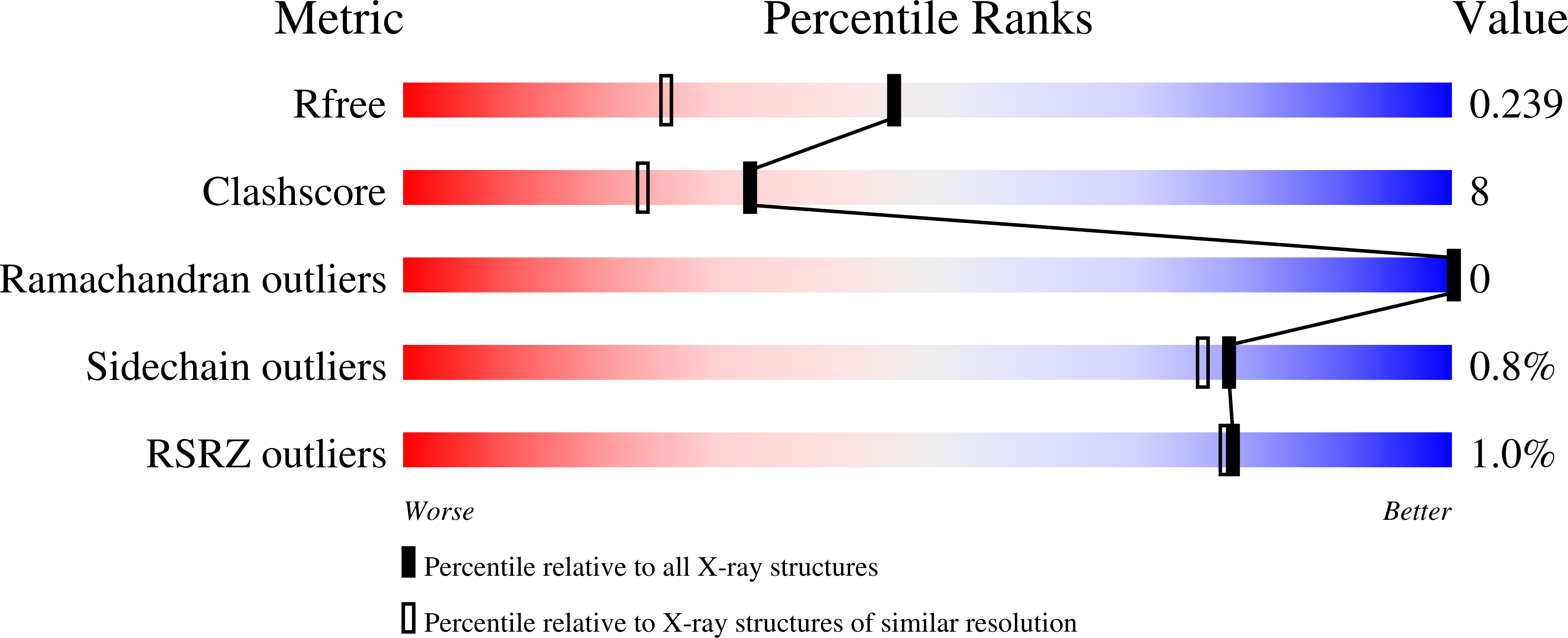
Deposition Date
2024-07-18
Release Date
2025-05-14
Last Version Date
2025-07-16
Entry Detail
PDB ID:
9G65
Keywords:
Title:
Crystal structure of the engineered photoenzyme SpEnT1.3
Biological Source:
Source Organism:
Loligo vulgaris (Taxon ID: 6622)
Host Organism:
Method Details:
Experimental Method:
Resolution:
1.80 Å
R-Value Free:
0.23
R-Value Work:
0.19
R-Value Observed:
0.19
Space Group:
C 1 2 1


